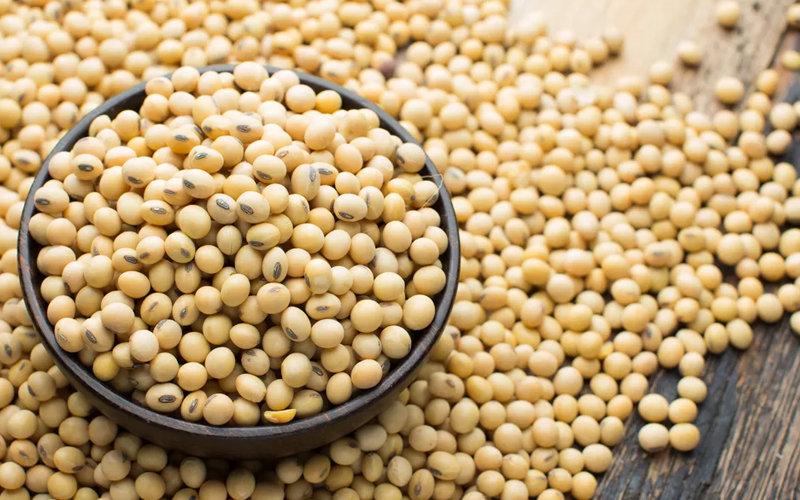
Soya bean
We are exporting soyabean from Guinea , Togo and Mali origin .
Soybean, (Glycine max), also called soja bean or soya bean, annual legume of the pea family (Fabaceae) and its edible seed. The soybean is economically the most important bean in the world, providing vegetable protein for millions of people and ingredients for hundreds of chemical products.
The origins of the soybean plant are obscure, but many botanists believe it was first domesticated in central China as early as 7000 BCE. An ancient crop, the soybean has been used in China, Japan, and Korea for thousands of years as a food and a component of medicines. Soybeans were introduced into the United States in 1804 and became particularly important in the South and Midwest in the mid-20th century. Brazil and Argentina are also major producers.
The soybean is one of the richest and cheapest sources of protein and is a staple in the diets of people and animals in numerous parts of the world. The seed contains 17 percent oil and 63 percent meal, 50 percent of which is protein. Because soybeans contain no starch, they are a good source of protein for diabetics. In East Asia the bean is extensively consumed in the forms of soy milk, a whitish liquid suspension, and tofu, a curd somewhat resembling cottage cheese. Soybeans are also sprouted for use as a salad ingredient or as a vegetable and may be eaten roasted as a snack food. Young soybeans, known as edamame, are commonly steamed or boiled and eaten directly from the pod. Soy sauce, a salty brown liquid, is produced from crushed soybeans and wheat that undergo yeastfermentation in salt water for six months to a year or more; it is a ubiquitousingredient in Asian cooking. Other fermented soy foods include tempeh, miso, and fermented bean paste.

